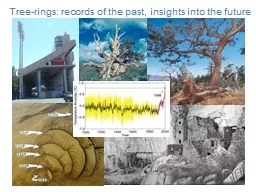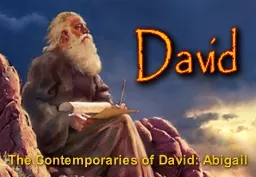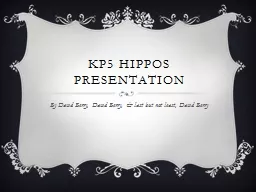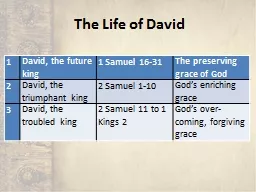PPT-David Street
Author : tawny-fly | Published Date : 2016-07-05
Treerings records of the past insights into the future Societal change Tree rings and Water Fire Leonardo da Vinci 1500 AD Rings in the branches of sawed trees
Presentation Embed Code
Download Presentation
Download Presentation The PPT/PDF document "David Street" is the property of its rightful owner. Permission is granted to download and print the materials on this website for personal, non-commercial use only, and to display it on your personal computer provided you do not modify the materials and that you retain all copyright notices contained in the materials. By downloading content from our website, you accept the terms of this agreement.
David Street: Transcript
Download Rules Of Document
"David Street"The content belongs to its owner. You may download and print it for personal use, without modification, and keep all copyright notices. By downloading, you agree to these terms.
Related Documents














